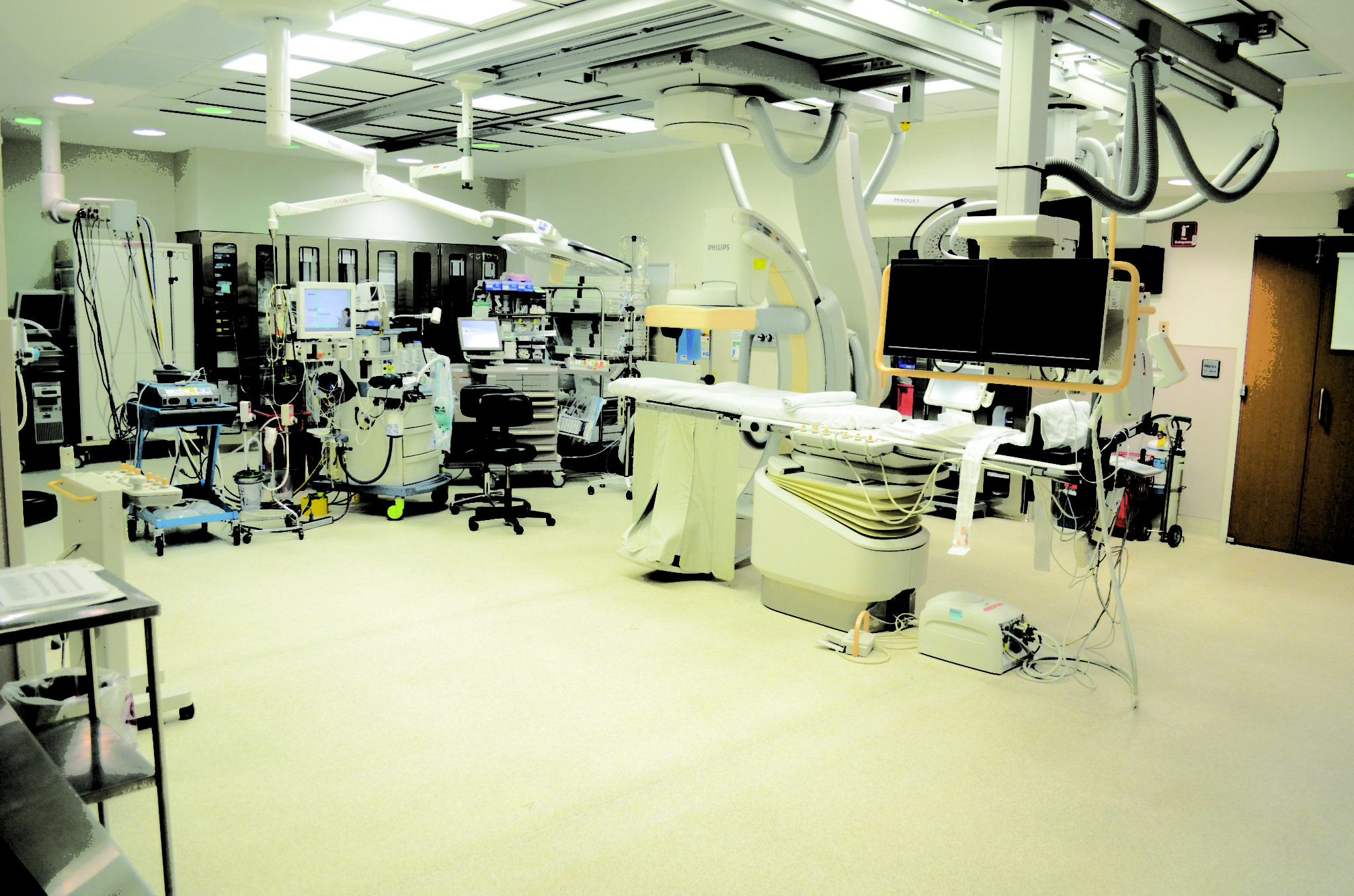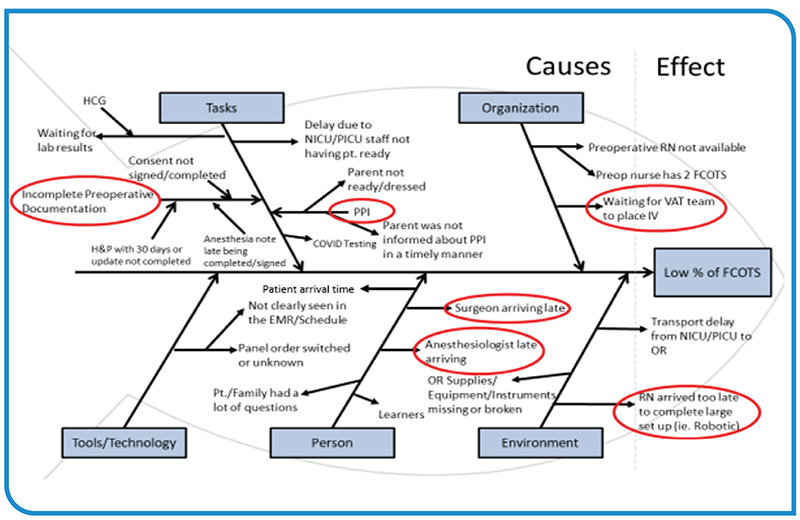Supporting healthcare staff with on-demand staffing solutions

Healthcare systems worldwide, regardless of their size or market, are facing the same challenge: how to meet the growing demand for qualified staff without straining hospital budgets. According to a report by the American Hospital Association, health systems are experiencing a significant workforce turnover that began in 2016. On average,…
Coordinating surgical care means precise staff handoffs
In every OR, the complicated dance of surgical care coordination—the series of handoffs between stakeholders throughout the surgery lifecycle—is performed mainly in the background. Those stakeholders include physician offices, schedulers, preadmission testing, insurance verification, vendors, sterile processing, supply chain, anesthesia, and surgical staff. But what does it look like when…
Hybrid OR: Continued advancement in diagnostic, surgical care

The concept of the hybrid OR was born in the 1990s, but healthcare institutions were originally slow to adopt the model due, in part, to the initial sizable investment required. While there was a steady uptick in adoption around 2008, today there are still only some 100 hybrid ORs in…
Minimizing wasted 'In-OR' minutes at start of day at a pediatric AMC

The OR is the financial motor of a hospital. As such, inefficiencies in this space adversely impact patient safety as well as the financial stability of the hospital and/or healthcare system. The first case on-time starts (FCOTS) metric is one of the primary benchmarks for assessing OR efficiency. The following…

 Free Daily News
Free Daily News